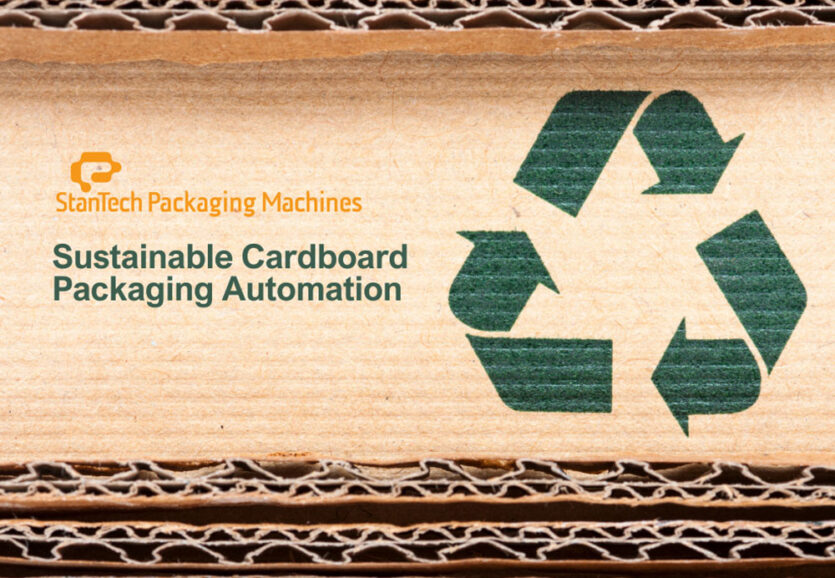Sustainable and Eco-Friendly Cardboard Packaging Automation
In today’s world, sustainability is a necessity. As businesses strive to reduce their environmental footprint, packaging automation has emerged as a key player in achieving eco-friendly goals. One of the most promising areas in this field is the automation of cardboard packaging. Let’s explore how this innovation is paving the way for a greener future.
The Rise of Packaging Automation
Packaging automation involves using advanced machinery and technology to streamline the packaging process. This not only increases efficiency but also significantly reduces waste. Automated systems can precisely measure and cut materials, ensuring minimal excess and optimal use of resources. By reducing manual labor, companies can lower their carbon footprint and improve overall sustainability.
Why Cardboard?
Cardboard is a renewable material made from cellulose fibers derived from wood. It’s not only strong and versatile but also highly recyclable. In fact, cardboard can be recycled multiple times, making it an ideal choice for sustainable packaging. When sourced from responsibly managed forests, cardboard packaging contributes to the conservation of natural resources
Benefits of Automated Cardboard Packaging
- Efficiency and Precision: Automated systems can handle large volumes of packaging with high precision, reducing material waste and energy consumption
- Reduced Carbon Footprint: By optimizing the use of materials and minimizing waste, automated packaging systems help lower greenhouse gas emissions
- Recyclability: Cardboard packaging is easily recyclable, and automation ensures that the packaging is designed for easy recycling, further promoting a circular economy.
- Cost Savings: Automation reduces labor costs and increases production speed, leading to significant cost savings for businesses
Innovations in Sustainable Packaging
The packaging industry is continuously evolving, with new technologies and materials emerging to meet sustainability goals. For instance, advancements in biodegradable and compostable materials are making it easier to replace single-use plastics. Additionally, smart machinery and robotics are enhancing the efficiency of recycling processes, ensuring that materials are recovered and reused effectively
As we move towards a more sustainable future, the automation of cardboard packaging stands out as a crucial innovation. By combining the strengths of renewable materials with the efficiency of automated systems, businesses can significantly reduce their environmental impact. Embracing these technologies not only benefits the planet but also offers economic advantages, making sustainability a must for everyone.


